Louis Jobin (1845–1928)
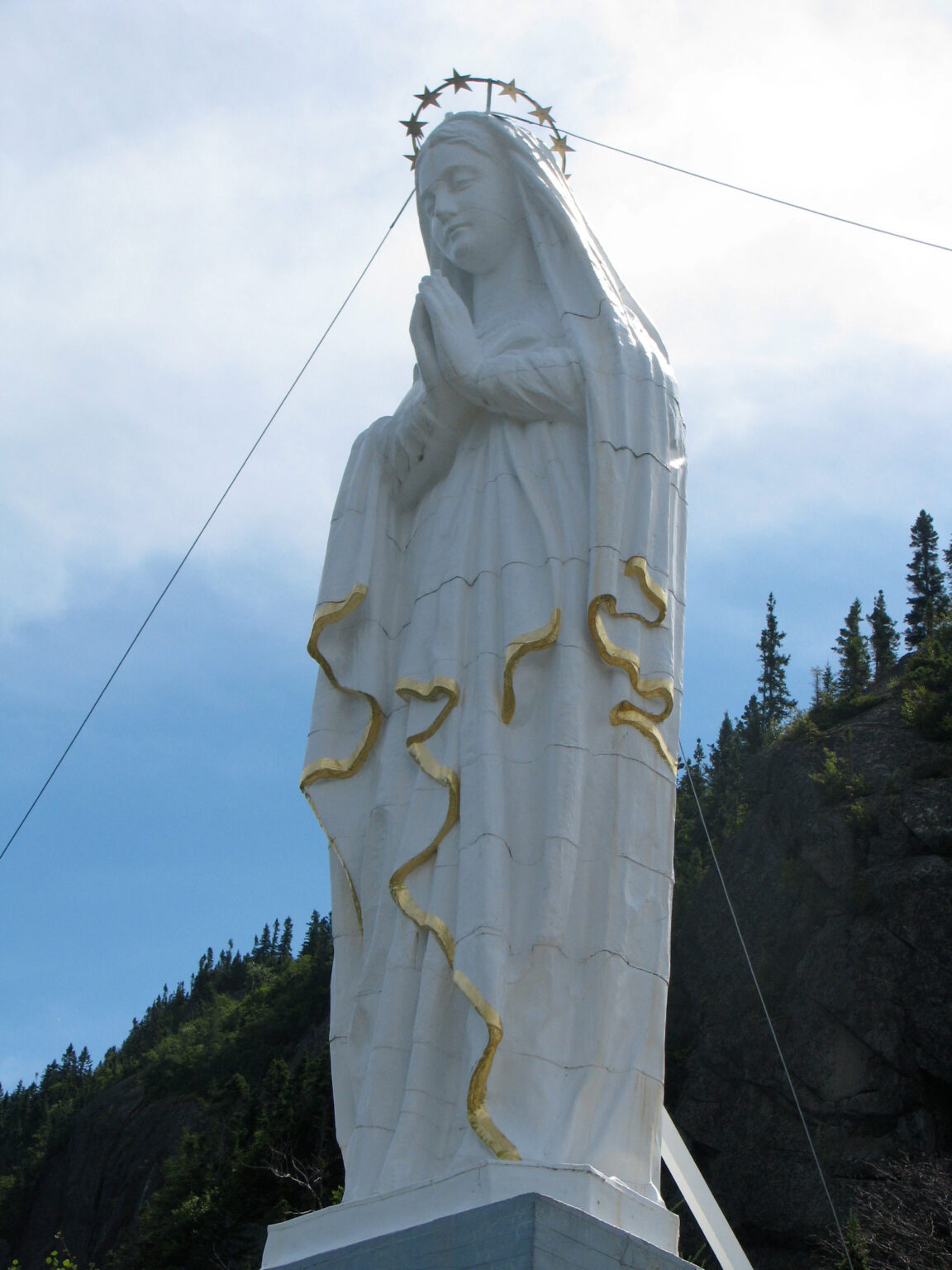
Louis Jobin, Notre-Dame du Saguenay (Our Lady of the Saguenay), 1881
White pine covered with painted lead sheets and gold leaf, 7.5 x 2 m
Société historique du Saguenay

In the nineteenth century, there were no art schools in Quebec City, so those who wanted to hone their talents had to pursue traditional training under a master. In 1865, Louis Jobin began a three-year apprenticeship in the workshop of François-Xavier Berlinguet (1830–1916) and embarked on a career as a sculptor. Jobin also spent several months in New York, where he specialized in carving commercial signs and figureheads. But when wooden ships began to be replaced by steam-powered iron vessels, the ship-carving market went into decline, and Jobin turned to creating liturgical furniture and secular statuary—practices that later brought him a great deal of recognition. In 1875, Jobin settled in Quebec City, where he remained until 1896, and developed a thriving business producing religious art and commercial signs.
Specializing in leaded wood for outdoor sculptures, Jobin built up a lucrative clientele of clergy members and religious communities. Commissions for sacred art also came from private individuals, as in the case of Charles-Napoléon Robitaille, the travelling salesman who commissioned Notre-Dame du Saguenay (Our Lady of the Saguenay) after he had been miraculously saved after invoking the Virgin Mary during a perilous crossing of the Saguenay River in the winter of 1878–79. This ex-voto is Jobin’s most ambitious project.
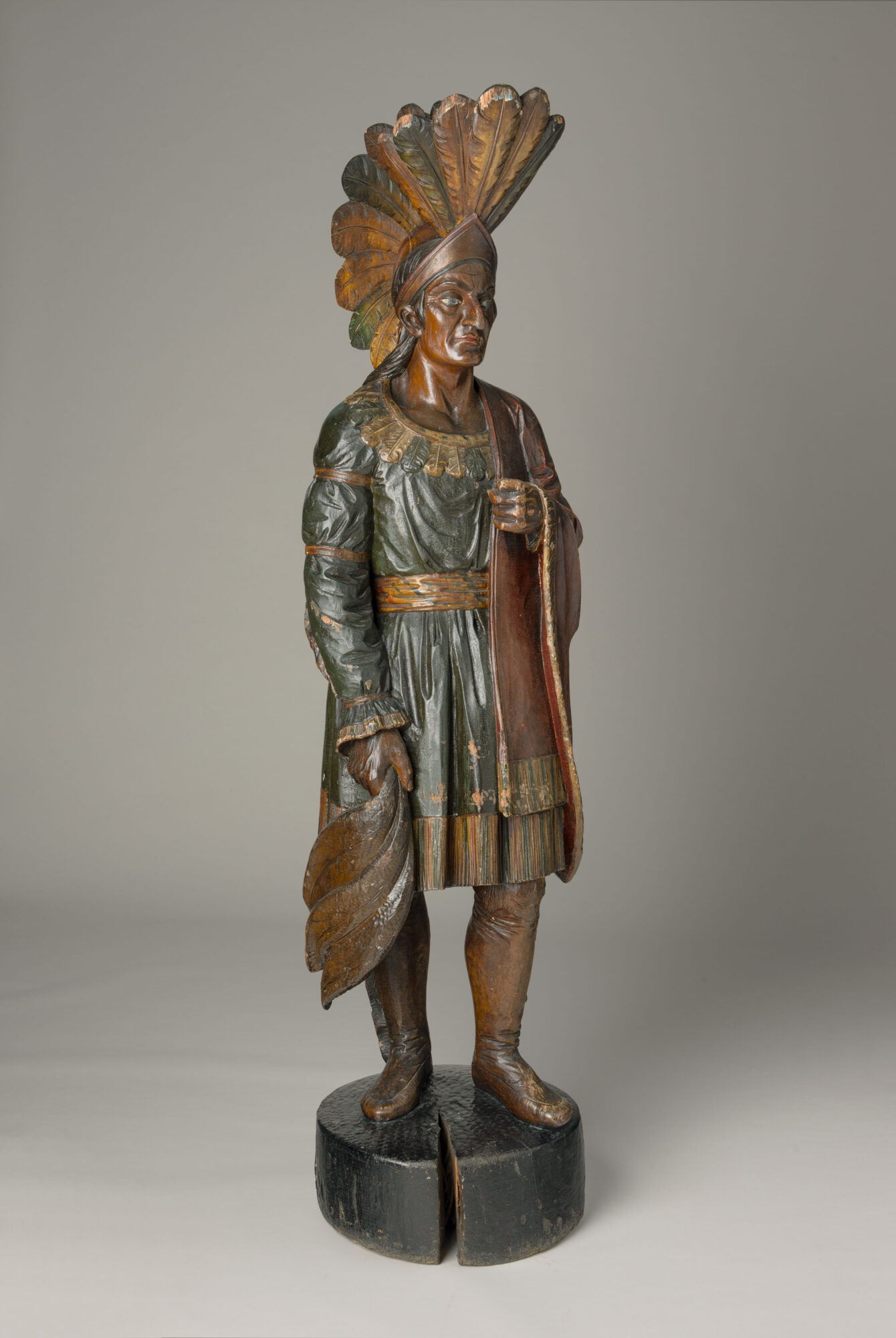
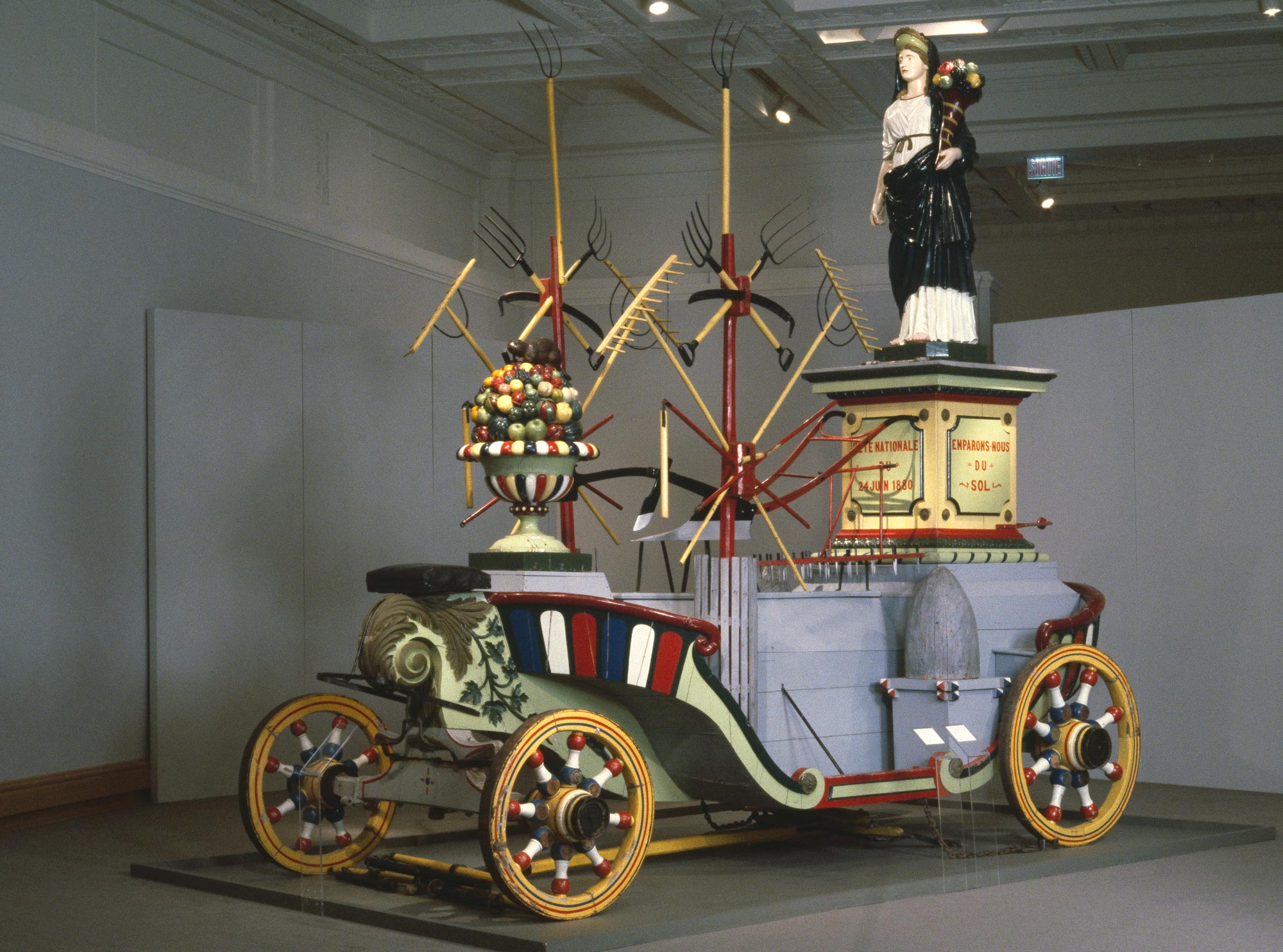
Notre-Dame du Saguenay, five metres tall and two metres wide, stands on Cap Trinité, overlooking the Saguenay Fjord. Despite its imposing size, Jobin succeeded in giving it grace and elegance through its slender proportions and the detailed rendering of the drapery on its tunic and mantle. Made from leaded wood, the piece is covered in metal, making it weather-resistant.
As the custodian of Jobin’s work, the Musée national des beaux-arts du Québec (MNBAQ) houses the largest collection of his pieces, including a selection of secular objects. Among these are several allegorical sculptures of tobacco, a commodity that experienced rapid growth in the 1850s with the introduction of cigarettes. Wooden carvings of Indigenous people—acknowledged as the first to cultivate tobacco in the Americas—were often displayed at the entrances to tobacco shops. Jobin carved many such sculptures, including Big Chief, c.1885, now in the Shelburne Museum in Vermont, and Indien (Indigenous Figure), c.1885, housed at the MNBAQ. “The two Indians, noble, heroic, and idealized, belong to a category of conventional representations… characterized by a solemn attitude, a frontal and static pose, and stereotypical features.” Their vibrant polychromy—which has diminished over time—was designed to catch the eye of passersby.
Another example of Jobin’s work preserved at the MNBAQ is the Le char de l’Agriculture (The Chariot of Agriculture), designed by the architect Paul Cousin for the Saint-Jean-Baptiste Day parade in 1880. Jobin crafted the various sculpted elements that adorn the float, including mythological figures, baskets of fruits and vegetables, animals such as the beaver, agricultural tools, and more. “With its abundance of components and its penchant for excess,” the colourful float and its numerous ornaments reflect the kitsch aesthetic that characterized the last quarter of the nineteenth century in sculpture.

 About the Author
About the Author
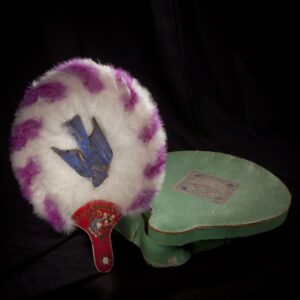 More Online Art Books
More Online Art Books
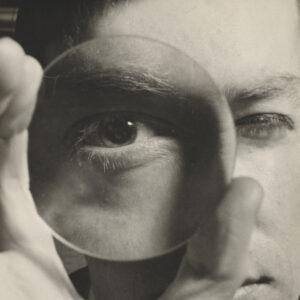 Acknowledgements
Acknowledgements